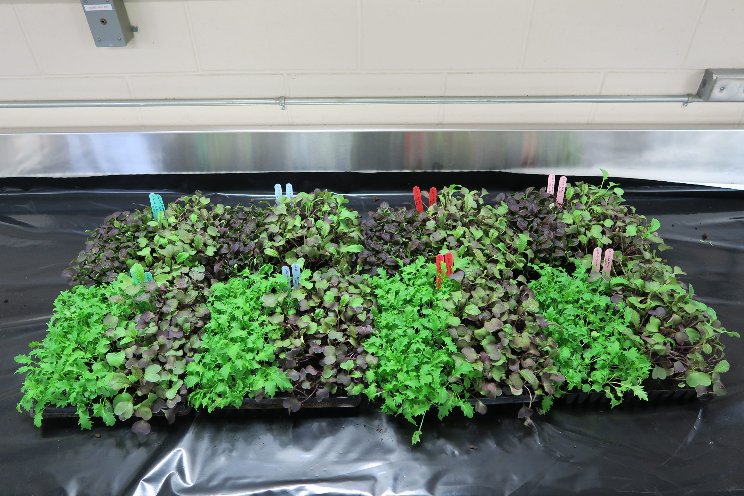The rise of vertical farming
Added on 25 January 2024

Many seem like sci-fi greenhouses: hydroponics, plants growing in stacks or up walls and high-tech sensor setups that seem straight out of the mind of Gene Roddenberry.
And, with an increasing number of companies trying to make a go of it in Canada, vertical farming has become a buzzword.
“Vertical farming is too broad of a term, in my opinion,” said Thomas Graham, assistant professor and PhytoGro research chair in controlled environment systems at the University of Guelph. “When I say vertical farming, I’m talking about stacked multi-layer production systems, or plant factories.”
Beyond the ability to control light and temperature, the production system has made waves as a system in which pests and pathogens can be eliminated, chemical input costs shortened considerably and the risk of contamination can be limited. Lettuce, for example, is a common product for vertical operations. It is also a product at the heart of several salmonella scares.
In terms of medicinal crops and plant-based pharmaceuticals, the controlled environment of vertical farms is ideal.
“If you take those plants that are making a drug [compound] and grow them in different environments, a drug could be different. So you need to give it the same conditions 365 days a year. You can only do that indoors,” Graham said.
It is unrealistic to imagine a future where vertical farming replaces ag as we know it, he added, but it can be seen as complementary to field production.
More news









